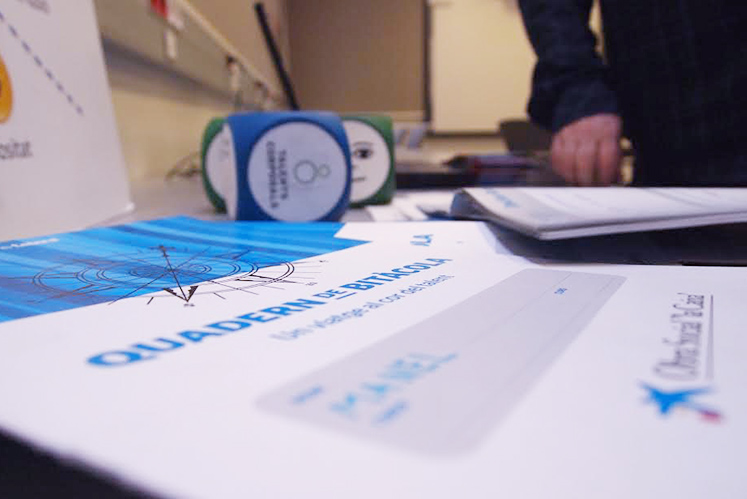
04 Mar Co-innovation for sustainability: Lessons from a failure we can learn from
[text]GreenXchange initiative could be deemed as a failure, but one that has two significant reason to be looked back in here. First, it can be considered one of the most daring, innovative and groundbreaking attempts driven by big companies up to date to make co-innovation a reality. Secondly, it is a failure we can learn from.[/text]
[text]GreenXchange was an online IP marketplace where companies would share intellectual property developed by them in order to stir up innovation in industries in which they themselves do not compete. The initiative, specifically created to develop new sustainability and innovation business models, was born in conversations during the World Economic Forum in Davos in 2009, and launched in January 2010 by Nike, Creative Commons and Best Buy.[/text]
[text]As the idea went, by using a set of standardized, free and legal tools, participants patent owners could make portions of their intellectual property portfolio available under a set of terms between the current choices of «all rights reserved» and «no rights reserved.» Competing companies could also collaborate with one another via the exchange but usually only in ongoing research in a given field. [/text]
[text]John Wilbanks, vice president for Science at Creative Commons, explained at the January 2010 launch: “There is so much duplication of effort and wasted resources when it comes to sustainability. We need to make it easier for individuals, companies, academia, and researchers to collaborate and share best practices.” Mark Parker, Nike president and CEO, used an example: Possible cross-industry benefits of making available Nike’s Environmentally Preferred Rubber. Used in Nike footwear the rubber contains 96 percent fewer toxins than the original formulation. By licensing the technology on GreenXchange it could be used in other company’s footwear, or it could hypothetically be used by Mountain Equipment Co-op for bicycle inner tubes. In this way Mountain Equipment Co-op could bring a greener product to market more quickly and cheaply than it could on its own.[/text]
[text]GreenXchange, spearheaded by 10 companies and social enterprises including Nike, Yahoo!, IDEO, Mountain Equipment Co-op, salesforce.com, the Outdoor Industry Association, and others, but two years after its launch, it did not lived up entirely to its original expectations. Other than Nike, only one other company – Best Buy – has agreed to place its IP assets on the initiative, and the vast majority of the posted IP cannot be used in the creation of commercial products.[/text]
[text]A paper to learn from[/text]
[text]Written by Roya Ghafele and Robert D. O’Brien and published by the International Centre on Trade and Sustainable Development Policy Brief, the paper “Open innovation for sustainability: Lessons from the GreenXchange experience”, explores in what ways this initiative exemplifies both the usefulness and limitations of open innovation for sustainability. The mechanisms underpinning this initiative are introduced and examined. The GreenXchange experience is discussed within the broader context of ‘green open innovation’; the development of the exchange is detailed and challenges to its success are identified. Finally, recommendations are offered by proposing ways that can help such initiatives be made to function better in the future.[/text]
[text]Open innovation for sustainability: Lessons from the GreenXchange experience[/text]



Sorry, the comment form is closed at this time.